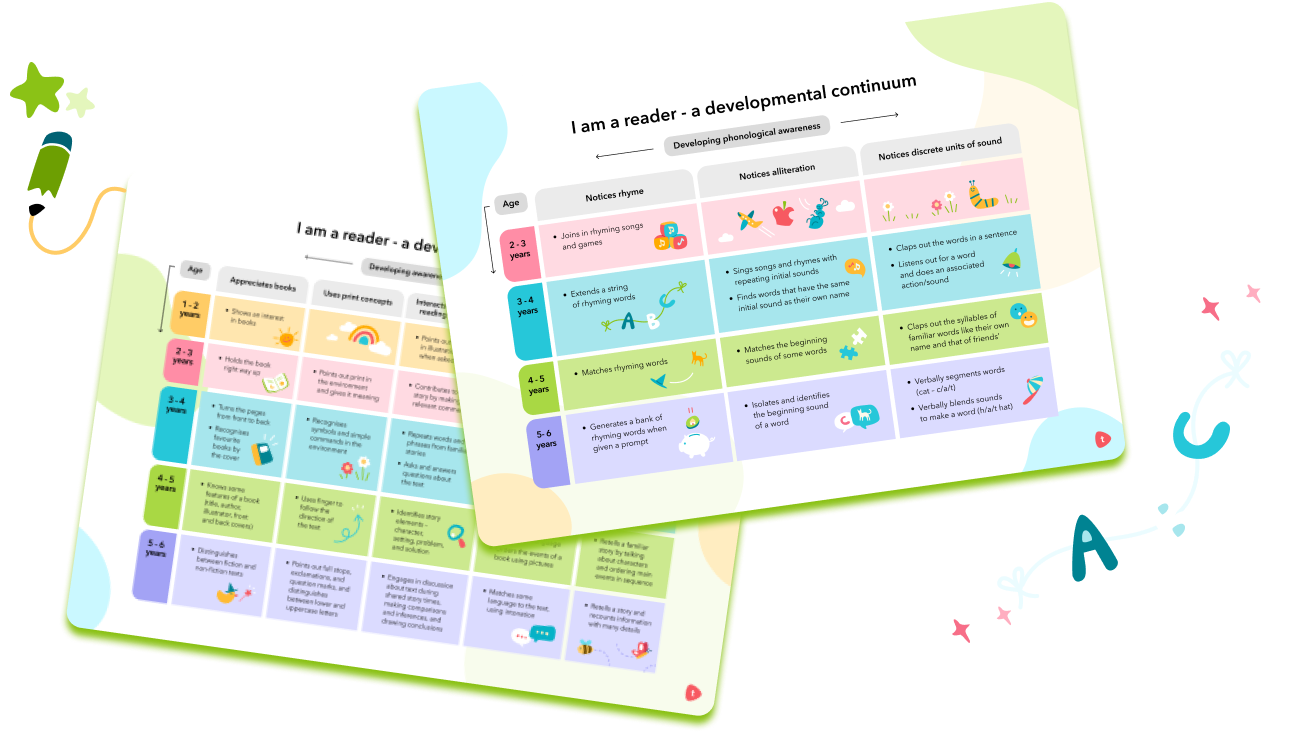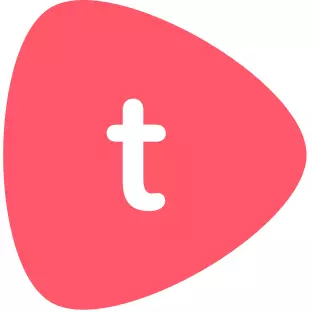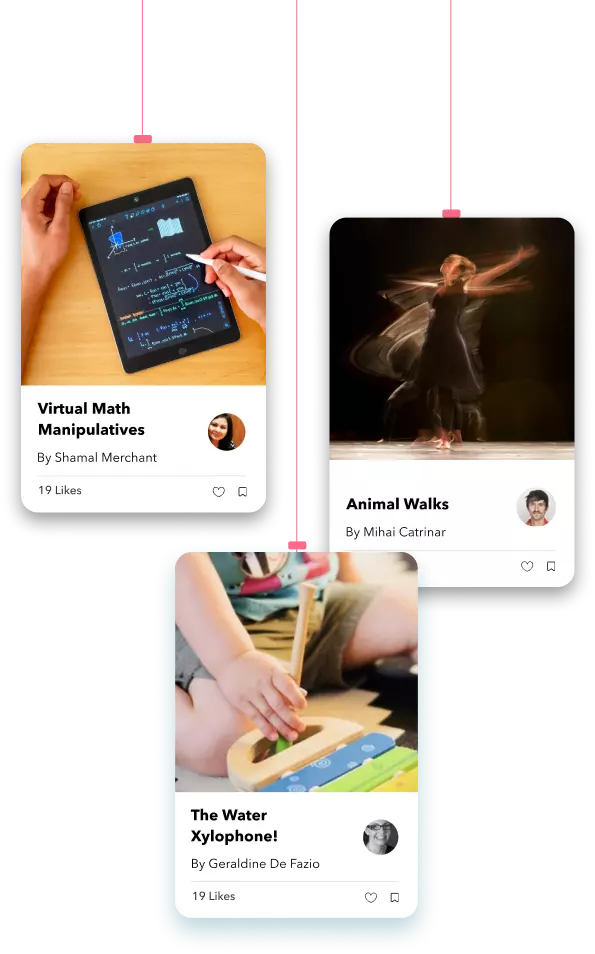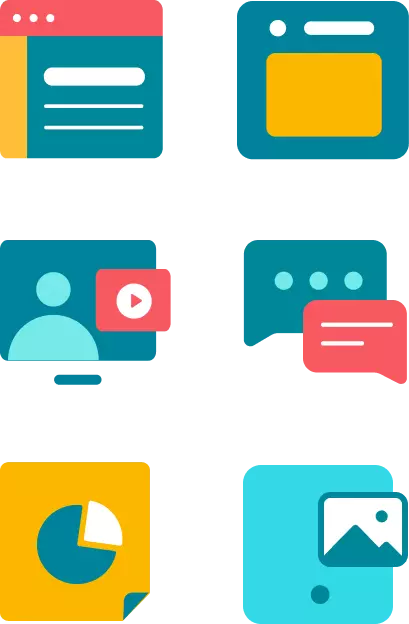We are celebrating all things stories, and most importantly, how to nurture a love for reading. A great starting point is to reflect on the concept of the child as a reader and ask yourself, when does the child become a ‘reader’?
It is important to understand that reading is a developmental process that occurs over time. Children typically begin to develop pre-reading skills, such as an awareness of print, as early as infancy. As they grow and develop, they begin to understand the relationship between spoken and written language and the sounds that make up words.
While decoding is an important aspect of reading, it is not the only factor that determines whether a child is a reader. A child can still be a reader even if they cannot yet decode words. Reading involves making meaning from text, and this can be done through various means, such as looking at pictures, retelling a story, or predicting what will happen next.
If we want children to believe they are capable, then we should begin by positioning them as capable! Let’s start by breaking down the concepts of print, and how the child may show understanding of this. Let’s explore the pre-reading skills needed through the development of phonological awareness.
Consider the little steps that are taken on the path to reading, and how from the very beginning, you can empower children to see themselves as capable readers! Be aware of the stepping stones that line the path of early literacy, and use these to celebrate the small achievements as the child becomes a reader.
Download this reading continuum to monitor children’s reading abilities at different ages.








